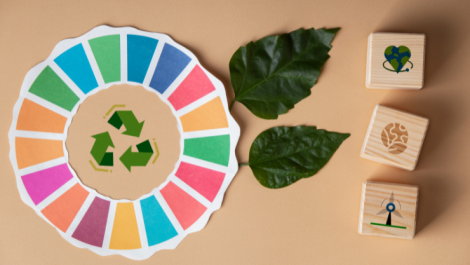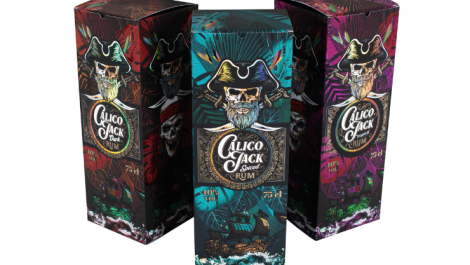This view shows the 3D-printed blower housings on each side of the x-feeder, including the aperture through which the air is directed onto the sheets of paper.
The rise of 3D printing has garnered significant interest within the printing industry, in spite of the fundamental differences in the processes. Machine reseller DTP Associates has spied an opportunity to use 3D for its own purposes though.
Richard Bridle gave his company a special Christmas present last year. It was Christmas Eve 2013 when he purchased a CubeX Duo – a desktop 3D printing system – for DTP Associates, and the Bristol company has been saving money ever since.
3D printing has become a key element in the manufacture of DTP’s x-feeding technology, which comes as standard with its X-Press OnDemand 780 Pro and Fusion 4 and 5 printing systems. The company’s business involves taking various OKI, Xerox and Toshiba printers, improving their performance to make them more suitable for the graphic arts sector, including attaching the x-feeder, and then reselling them under the X-Press OnDemand range.
This is a detachable part that sits on the MP tray. On each side is a plastic unit that houses a blower, and after much testing and prototyping, DTP has found the optimum position for these blowers to drive air between even heavy stocks, so that the sheets separate and hover for easier feeding. The design of x-feed is registered at the Patent Office, and the two housing units, which have to be made to an exact specification, are created on the 3D printer in the DTP office. The CubeX Duo can quite literally be left working overnight and the next morning a pair of units have been manufactured.
Mr Bridle, who is the managing director, told Digital Printer: ‘We needed to create these parts and to be able to test that the ideas were working, instead of sending it off for someone to injection mould and then finding that it didn’t work. We don’t sell thousands of printers a month, so it’s low volume anyway.’
The 3D system works by laying down layer upon layer of PLA plastic filament, based on a CAD design that the CubeX’s software interprets for its own use. It takes about six hours of operation to produce a blower housing for the x-feeder, and DTP uses the 3D system also for smaller pieces, such as ‘spacers’ (guides for setting paper width on the feeder).
‘We have found the sizes to be pretty accurate,’ he continued, ‘and with the spacers that’s critical. We’ve printed a lot of them and generally they are 100% right. The tolerance is about 0.1 mm with the filament. When it puts the first layer down, that’s the only part where it might slightly protrude, so you might have to sand that bit off, but the actual dimensions of the things it builds are pretty accurate.’
The parts also have no bearing on the manufacturer’s warranty on the X-Press OnDemand printers either. ‘It’s not physically attached to the machine, it just sits on the tray. It doesn’t get in the way of the original manufacturer’s parts,’ said Mr Bridle.
DTP Associates paid about £2000 for the CubeX Duo, but it has more than got its money back on the 3D printer already. More than in simple monetary terms though, the system enables DTP to operate in a way that would previously have been beyond a company of its size.
‘If we had to do all the prototyping via a third party it would have been very difficult to finance,’ Mr Bridle pointed out. ‘To be able to do it all in-house, you cannot go wrong; it enables you to turn your ideas into reality for a small cost. We have sold some of the x-feed units on their own to customers that already had the print machine, so it is certainly profitable.’
The company is not standing still with its printing systems either. These it sells on different business models depending on a customer’s needs: if they are looking for the highest quality CMYK and the lowest click charge, the X-Press OnDemand 780 Pro is best suited; if they want high quality but no click charge contract, then it’s the Fusion 4; if they want to do anything with white or clear toners, then the DuraPress comes into play.
Latest to come off the innovation line is the DuraPress V+1 (A3 and A4 versions). This is a CMYK printer but with a RIP that can also control white and clear toner, so it becomes CMY with interchangeable black, white or clear in a single unit. Since it puts the white down first, customers can print on dark substrates, as well as white paper and transfer printing, all up to 330 gsm.
‘Lots of people are looking for new products to offer customers in the print industry, but being able to do normal print jobs on it too is a massive advantage,’ Mr Bridle concluded.





